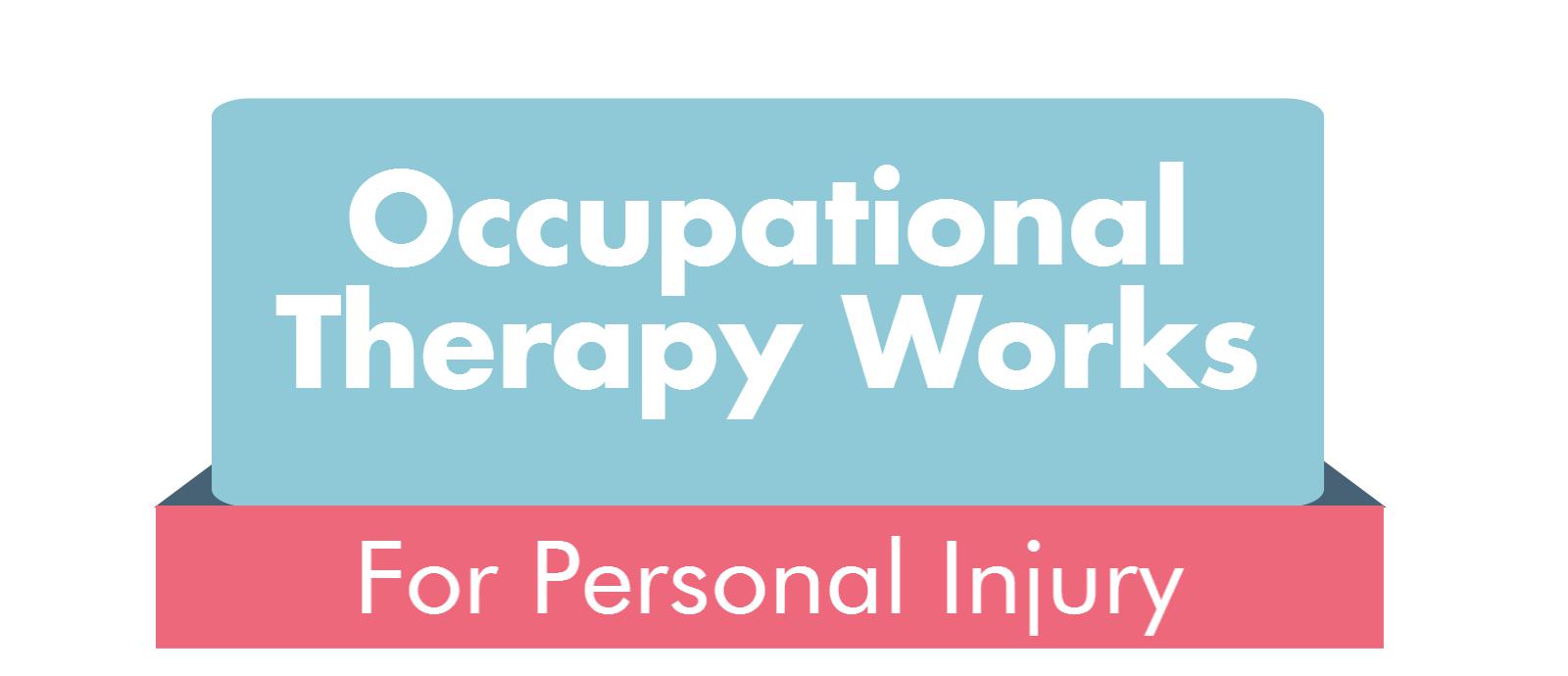Julie Entwistle, MBA, BHSc (OT), BSc (Health / Gerontology)
For those working in the personal injury and medical-legal fields, you will be familiar with the new License Appeal Tribunal (LAT). This LAT, effective April 1, 2016 was FSCO’s solution to long wait lists in the previous SABS mediation process whereby insurers and claimants essentially try to resolve disputes about claimant’s benefits, rehabilitation, or other denials and discrepancies.
Recently, we received one of those “feel good” emails from a lawyer that was able to successfully argue for a client at the LAT – because of the information they received from the treating occupational therapist.
The email read like this:
…[the OT] prepared an attendant care comparison report for us, which we fully relied on at a LAT case conference today. The client was also put under surveillance and [the OT] was able to extensively rebut all their findings, which we also relied on today at the case conference. I truly believe we were successful today because of her hard work.”
I am biased, but occupational therapists are generally pretty awesome. Where lawyers speak “legalese”, insurers speak “SABS ease”, doctors speak “medical ease”, occupational therapists speak “functional ease”. We work hard to make sense of things – for our clients and our customers. We want to help the client be understood and for others to know the true impact that an accident or illness has had on their day to day ability to manage important activities. Chronic Pain, Depression, or even a broken leg does not really equate to much unless it is in the context of what that means for that person: for Mr. X, chronic pain means they can’t walk their kids to school, or assist them with homework, for Ms. Y her depression has resulted in her dropping out of her post-secondary program, losing her scholarship, for Mr. Z his broken leg is preventing him from working at both of his jobs and as a result he is unable to afford his housing and food for his family….
Sure, lawyers and insurers can put things into context without an occupational therapist, but I would argue that we are trained to ask different questions – questions that get to the heart of disability and dysfunction, while at the same time helping people to tell their story from a place of vulnerability and honesty. We strip things down to be simple, but yet impactful in explaining what disability means to that one person.
We still find that some lawyers don’t involve an occupational therapist early enough. They wait until the client is several years post injury to see if it is “needed”. But guess what? It was often needed the entire time, and waiting so long only served to leave the impression that the client was “functioning fine” because there would be little practical or functional data or evidence to indicate otherwise. Have you seen doctor’s notes? “Back pain, off work X 3 months”….not enough to explain the context of disability.
Occupational therapy is greatly important in the recovery, rehabilitation, medical-legal and personal injury domain. And if we can’t help your client to live, manage or function better, at the least we can provide the information and evidence to help you to be successful in other areas of the claim, including at the LAT.




